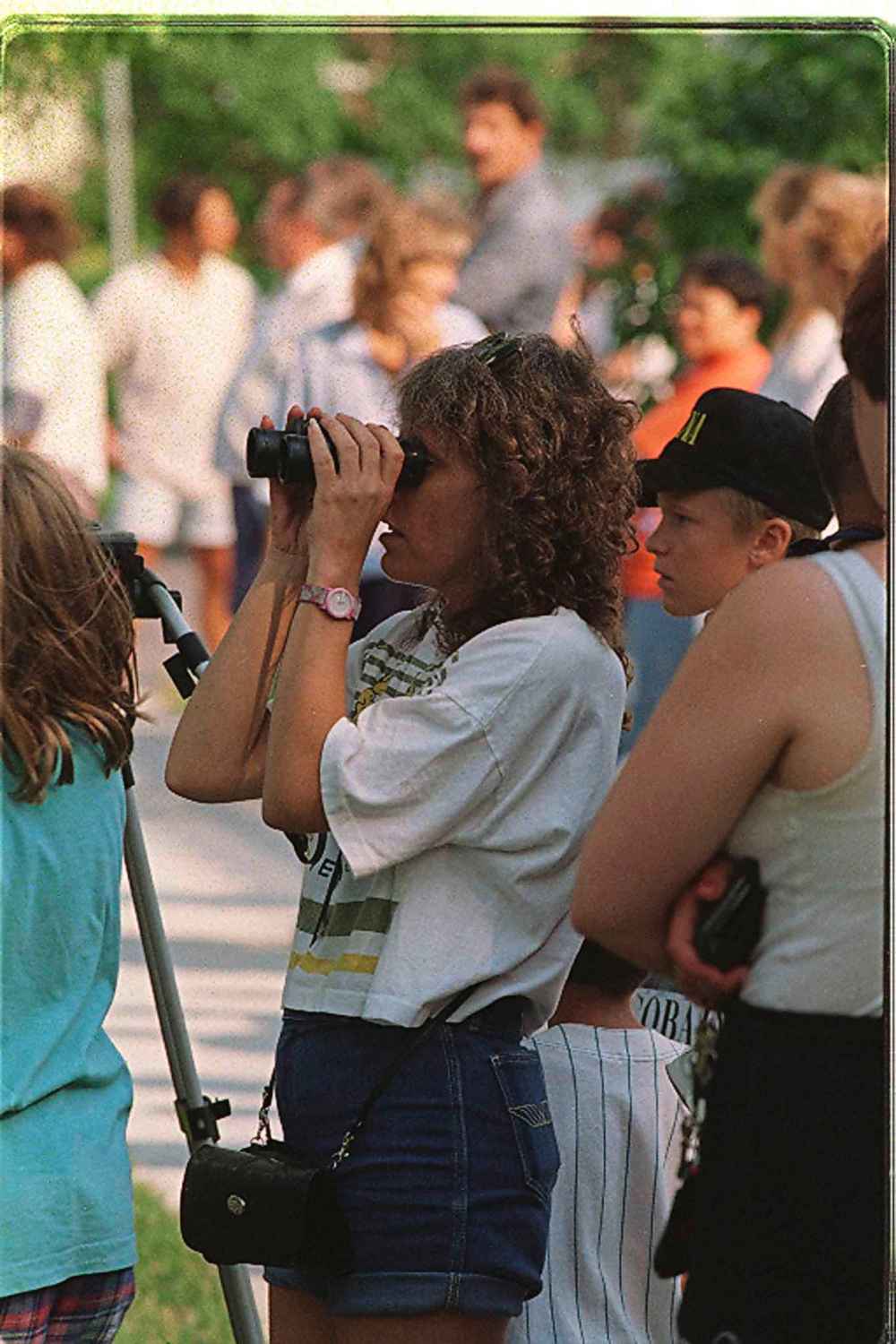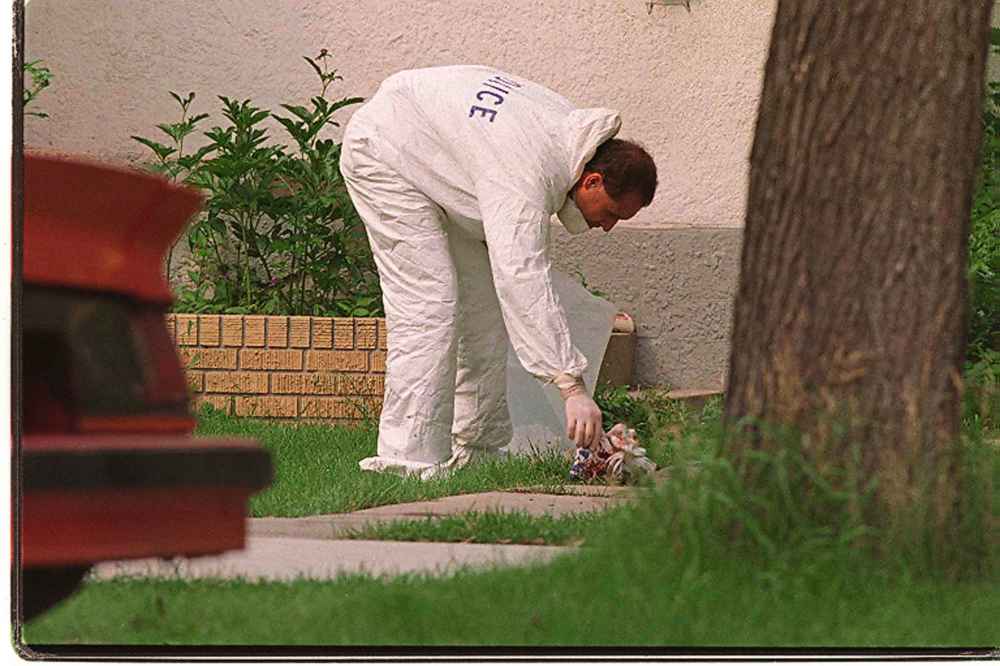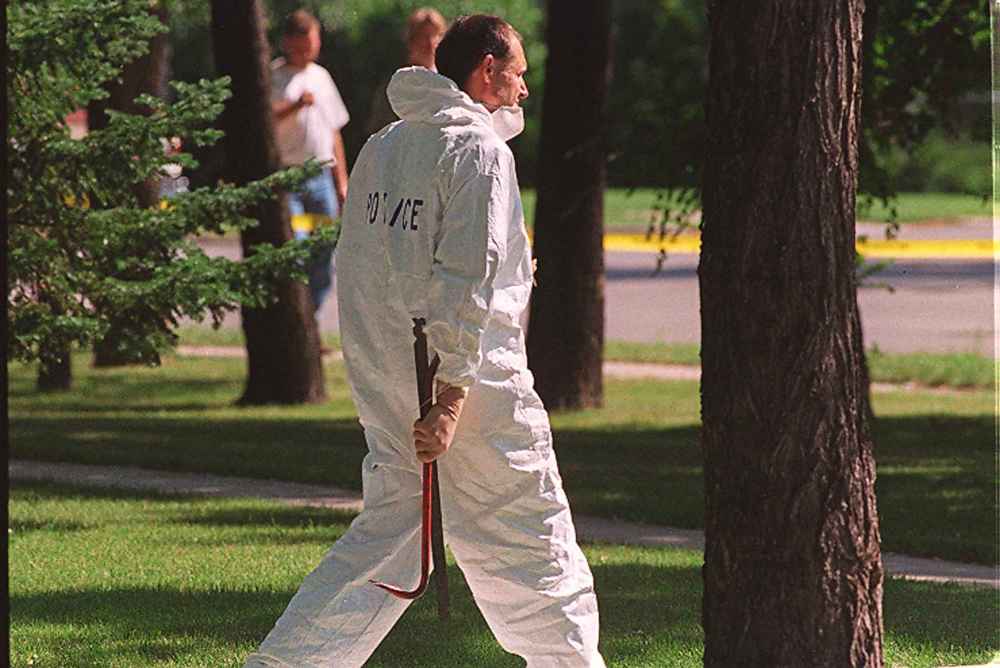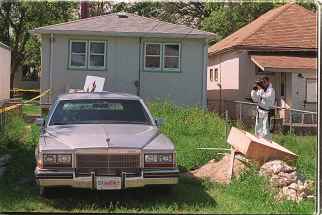Judge ponders triple killer’s claim of wrongful conviction
Read this article for free:
or
Already have an account? Log in here »
To continue reading, please subscribe:
Monthly Digital Subscription
$0 for the first 4 weeks*
- Enjoy unlimited reading on winnipegfreepress.com
- Read the E-Edition, our digital replica newspaper
- Access News Break, our award-winning app
- Play interactive puzzles
*No charge for 4 weeks then price increases to the regular rate of $19.00 plus GST every four weeks. Offer available to new and qualified returning subscribers only. Cancel any time.
Monthly Digital Subscription
$4.75/week*
- Enjoy unlimited reading on winnipegfreepress.com
- Read the E-Edition, our digital replica newspaper
- Access News Break, our award-winning app
- Play interactive puzzles
*Billed as $19 plus GST every four weeks. Cancel any time.
To continue reading, please subscribe:
Add Free Press access to your Brandon Sun subscription for only an additional
$1 for the first 4 weeks*
*Your next subscription payment will increase by $1.00 and you will be charged $16.99 plus GST for four weeks. After four weeks, your payment will increase to $23.99 plus GST every four weeks.
Read unlimited articles for free today:
or
Already have an account? Log in here »
Hey there, time traveller!
This article was published 16/10/2018 (2619 days ago), so information in it may no longer be current.
A convicted triple murderer who argues he was wrongfully convicted more than 20 years ago has asked a Manitoba judge to release him on bail in B.C., but the Crown argues there is still plenty of evidence pointing to his guilt.
Previously unreported details from last week’s bail hearing for Robert Sanderson show the Crown believes there are important differences between Sanderson’s case and other prominent wrongful conviction cases that have played out in Manitoba.
Sanderson is still waiting for the judge’s decision on whether he’ll be released.

He was one of three men convicted on three counts of first-degree murder in 1997 after a gang-related triple killing inside a home in northwest Winnipeg. All three victims were tortured and stabbed and two of them were shot. Their blood was found in Sanderson’s car.
Although his attempts to appeal the conviction were rejected, Sanderson claims his trial was unfair because of an undisclosed deal with a key Crown witness and debunked hair-analysis evidence that was proven wrong with advanced testing in 2004.
The Crown acknowledges a witness-protection deal between the Winnipeg Police Service and a key Crown witness who testified against Sanderson should have been disclosed to defence lawyers. But even without that witness’s testimony, and without any DNA evidence placing Sanderson at the crime scene, the Crown believes it still has “strong circumstantial evidence” against him.
“There is significant independent evidence in the Robert Sanderson case that points to his guilt,” Crown attorney Mark Kantor argued during a Court of Queen’s Bench bail hearing for Sanderson on Oct. 12. At the time, Justice Sheldon Lanchbery imposed a publication ban on details of the bail hearing without specifying its scope, but a media relations officer for the court clarified Tuesday the ban applies only to the identities of victims and witnesses in the case.
Sanderson’s case is being investigated by the federal justice department, which will determine via a ministerial review whether there was a miscarriage of justice in the 1997 trial that ended with jurors finding Sanderson and two other men guilty on three counts of first-degree murder. One of those men, Roger Sanderson — no relation to Robert — was ultimately acquitted after undergoing two retrials.
During Roger Sanderson’s appeal process, it came to light that the Winnipeg Police Service paid $15,000 to a key witness. That witness testified Roger confessed to him that he committed the murders along with Robert Sanderson and Robert Tews. Police paid the witness to help with his relocation costs, Kantor said, because he couldn’t return to Winnipeg for his own safety. The deal was reached well after the 1997 trial, Kantor said. The Crown’s office learned of the payment in 1999 and disclosed it to Roger Sanderson’s lawyers during his appeal, but the deal was never disclosed to lawyers for the other two convicted killers.
“It should have been disclosed,” Kantor said. “That’s something the minister will have to deal with.”

The witness later had all but one of his own criminal charges stayed, but Kantor said there was no agreement to stay the charges in exchange for the testimony. The Crown didn’t prosecute at the time because there was no reasonable likelihood of conviction, he said.
Tews’ handprint was found at the crime scene in the victims’ blood. A hair found on one of the victims was purported to likely match Robert Sanderson, but that was “junk science” and proven wrong, Sanderson’s defence lawyer, James Lockyer, argued.
Sanderson’s trial included other witness testimony that he was with Tews on the night of the murders. He told police he loaned out his car that night and wouldn’t say who borrowed it because he didn’t want to be a “rat.”
Kantor questioned why, after Sanderson has long since left gang life, he still won’t say who was using his car.
“When you look at all the circumstances, I submit that raises concerns,” Kantor argued.
His defence team wants him to be released in B.C., where he’s serving his life sentence in minimum security at William Head Institution and making a name for himself as an artist, selling traditional Indigenous paintings and wood carvings. There are plans in the works for him to be supervised by the John Howard Society of Victoria if he’s let out on bail.

Although the Crown doesn’t want Sanderson released, Kantor acknowledged the bail plan is a good one.
katie.may@freepress.mb.ca
Twitter: @thatkatiemay

Katie May is a general-assignment reporter for the Free Press.
Our newsroom depends on a growing audience of readers to power our journalism. If you are not a paid reader, please consider becoming a subscriber.
Our newsroom depends on its audience of readers to power our journalism. Thank you for your support.









